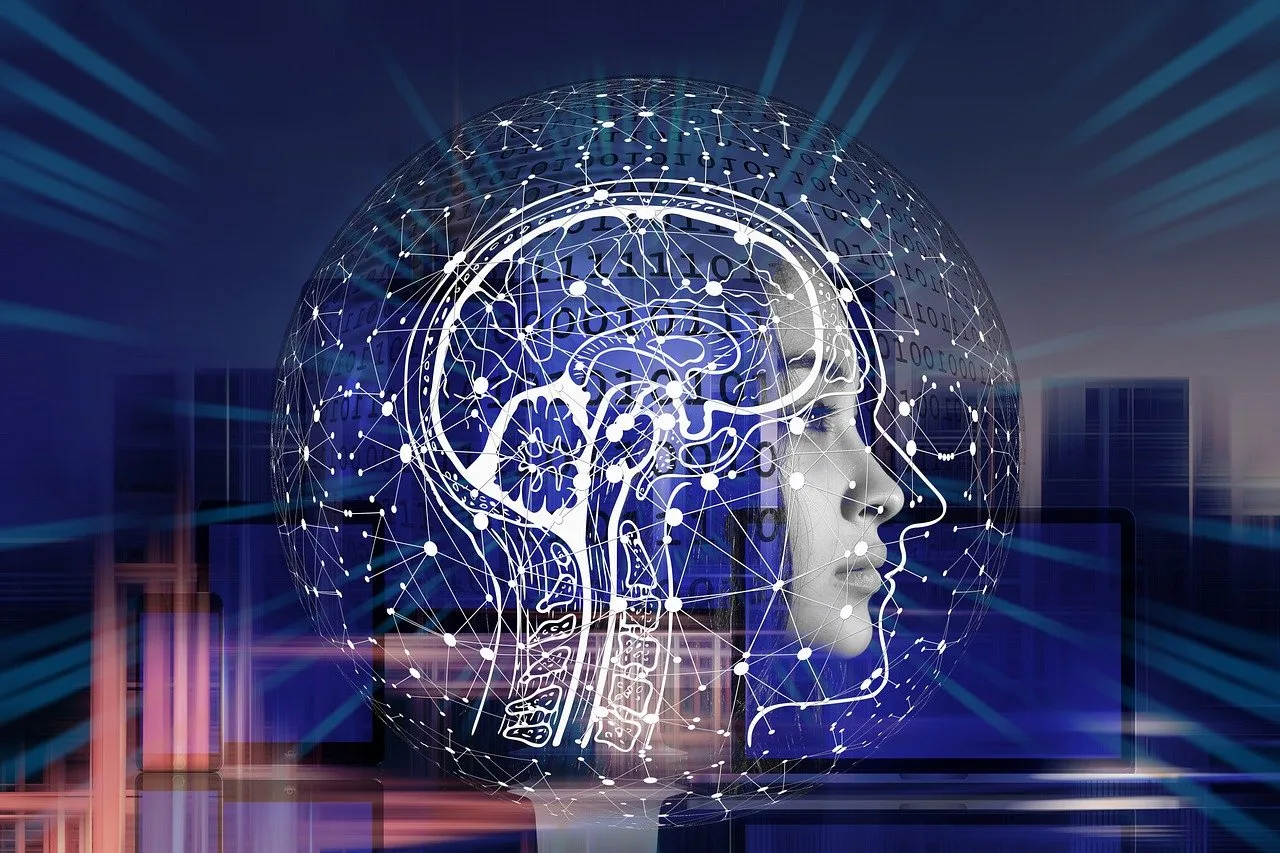
How To Leverage ChatGPT For Developing Gamification Strategies

In the dynamic landscape of user engagement, gamification has emerged as a powerful tool, transforming user experiences across diverse applications. With the advent of artificial intelligence, especially in the form of ChatGPT, developers now possess an invaluable resource for devising innovative gamification strategies. This article delves into the nuances of leveraging ChatGPT to create compelling gamification approaches that not only capture but also motivate users.
Steps to Mastering Gamification with ChatGPT
Step 1: Defining Gamification Objectives
Setting the stage for effective gamification starts with clearly defining your objectives. What do you aim to accomplish through gamification? Whether it’s boosting user engagement, incentivizing task completion, or steering specific behaviors, a well-defined goal will serve as your compass in designing gamification elements that align with your desired outcomes.
Step 2: Crafting Gamification Elements
Armed with your gamification goals, the next step involves designing elements that will propel user engagement. Integrating ChatGPT into your gamification strategy can take various forms:
1. Interactive Quests or Missions
Develop quests or missions that users can complete by interacting with ChatGPT. These could include solving puzzles, answering questions, or engaging in simulated conversations. By immersing users in dynamic experiences, you enhance their overall engagement.
2. Personalized Avatars or Characters
Utilize ChatGPT to generate personalized avatars or characters that interact within the gamified environment. These avatars can offer guidance, support, or engage in friendly banter, creating lifelike interactions that amplify the gamification experience.
3. Decision-Making Simulations
Construct decision-making simulations where users interact with ChatGPT to explore scenarios and make choices. These simulations, whether mirroring real-life situations or fictional narratives, add depth and complexity to your gamification strategy.
Step 3: Training ChatGPT
Empowering ChatGPT for gamified interactions demands meticulous training. A well-curated dataset featuring user interactions, desired responses, and potential variations serves as the fuel for fine-tuning ChatGPT. This ensures the generation of contextually relevant and engaging feedback during the gamification process.
Step 4: Integrating ChatGPT into Gamification
With your gamification elements in place, it’s time to seamlessly integrate ChatGPT into your application or platform:
1. Integration
Integrate ChatGPT using the OpenAI API. Refer to the provided documentation to set up the necessary infrastructure and establish a connection with the language model.
2. Prompt Design
Craft prompts or questions that elicit meaningful responses from ChatGPT. Experiment with different prompts to discover the most engaging and relevant interactions for your users.
3. Response Evaluation
Implement a response evaluation mechanism to ensure generated responses align with gamification goals. Filter out inappropriate or irrelevant responses and provide feedback to enhance the AI’s performance over time.
Step 5: Monitoring and Analytics
Implement robust monitoring and analytics tools to track user engagement, progress, and behaviors within the gamified system. Analyze collected data to glean insights into user preferences, patterns, and areas for improvement. This information becomes the blueprint for refining your gamification strategy and making informed decisions.
Step 6: Scaling and Maintenance
As your gamification strategy gains momentum, prioritize scalability and maintenance. Vigilantly monitor system performance, promptly address technical issues, and adapt gamification elements based on user feedback and evolving objectives. Regular updates and optimizations of ChatGPT ensure a seamless and continually engaging experience for users.
The Benefits of Using ChatGPT for Developing Gamification Strategies
1. Enhanced User Engagement
ChatGPT revolutionizes the gaming experience by facilitating the development of interactive and immersive scenarios. Through dynamic and responsive dialogues, developers can inject personalized interactions, fostering heightened user engagement and bolstering retention rates.
2. Real-time Adaptability
A standout feature of ChatGPT is its real-time adaptability. This empowers developers to craft gamification strategies that dynamically respond to user preferences and behaviors. The model’s ability to comprehend and react to user inputs ensures an adaptive and personalized gaming journey.
3. Versatile Game Mechanics
Leveraging ChatGPT opens up a spectrum of possibilities for crafting innovative game mechanics. Its natural language processing capabilities enable the generation of unique challenges, quests, and rewards. This versatility enhances the overall gaming experience, motivating users to explore and progress.
4. Efficient Iteration and Testing
Developers can harness ChatGPT’s capabilities for rapid iteration and testing of gamification strategies. Simulating user interactions becomes seamless, providing valuable insights without extensive coding requirements. This agility facilitates quick adjustments, ensuring the final strategy aligns with the intended objectives.
Prompt for Leverage ChatGPT For Gamification Strategies
Prompt 1
“Greetings, We need help creating a gamification strategy for our [incentive program name] that will make it more engaging and motivating for employees. We want to incorporate [game mechanics] to make the program more interactive. Can you provide a template for the program design and analysis report?”
Prompt 2
“Greetings, We’re planning to implement a sales incentive program for our [industry] business and we believe gamification will make it more effective. Can you suggest gamification strategies that can improve sales performance and employee motivation? Can you also provide a template for the program design and analysis report?”
Prompt 3
“Greetings, Our current incentive program isn’t motivating employees to reach their goals. Can you suggest gamification strategies to improve engagement and performance? Can you provide a template for the program design and analysis report? Specifically, can you suggest game mechanics that will appeal to [target audience] and how we can measure [program metric] to track the success of the gamification strategy?”
Prompt 4
“Greetings, We want to introduce a wellness program for our employees and believe gamification will make it more engaging. Can you help develop a gamification strategy to improve participation and motivation? Can you provide a template for the program design and analysis report? Specifically, can you suggest game mechanics that will appeal to [target audience] and how we can measure [program metric] to track the success of the gamification strategy?”
Prompt 5
“Greetings, We’re planning a training and development incentive program for our employees. Can you help develop a gamification strategy to encourage participation and improve skills and knowledge? Can you provide a template for the program design and analysis report? Specifically, can you suggest game mechanics that will appeal to [target audience] and how we can measure [program metric] to track the success of the gamification strategy?”
Read More: Learn how to use ChatGPT for social media trends analysis.
Tips for Success: Leveraging ChatGPT for Gamification
1. Define Clear Objectives
Before delving into development, define clear objectives for the gamification strategy. Determine specific behaviors or outcomes to drive and align the strategy with overall business objectives.
2. Understand Your Target Audience
Effective gamification requires understanding the target audience. Conduct user research, gather insights, and design game elements that resonate with users, addressing their motivations and interests.
3. Leverage ChatGPT’s Language Capabilities
ChatGPT’s language capabilities to generate responses, simulate conversations, and understand user inputs. Design chat-based games, quizzes, and challenges that feel natural and engaging for users.
4. Test and Iterate
Testing and iteration are crucial. Use ChatGPT to prototype different game elements, gather user feedback, and analyze behavior. Iterate based on insights to optimize the gamification strategy.
5. Monitor and Analyze Performance
Implement analytics tools to track user engagement, behavior, and outcomes. Use the data to make informed decisions for further optimizing the gamification strategy.
Final Words
Leveraging ChatGPT in gamification strategies signifies a paradigm shift in user engagement. By following these meticulously crafted steps, businesses can seamlessly integrate AI-powered conversational interactions, elevating their gamified experiences. Clear objectives, thoughtful game element selection, user-centric interactions, ChatGPT training, iterative testing, analytics-driven refinement, and ongoing scalability maintenance collectively contribute to a potent gamification strategy. With ChatGPT as a strategic ally, achieving business goals through gamification becomes not just a possibility but a reality.
For more such information come to our array of prompts to the way of your work.








